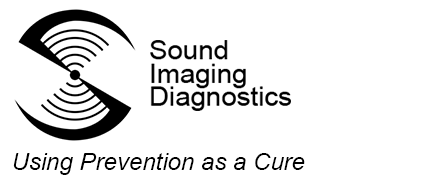Do you know your risk factors for having a heart attack or stroke? Do you know your risk factors for developing atherosclerosis? (atherosclerosis: a pathological condition affecting the medium-sized and larger arteries, especially those that supply the heart (the coronary arteries), the brain (the carotid and cerebral arteries), and the upper and lower extremities (the peripheral arteries), as well as the aorta; atherosclerosis underlies the occurrence of heart attacks, many strokes, peripheral arterial disease, and dissection or rupture of the aorta. (Source: CDC)
Taking control of your health means having a foundation on which to start, the more you know about your health the more you can improve it and take steps to be more preventive for acquiring or developing a disease or diseases.
Knowledge is power and with power comes responsibility. These tests give you a benchmark for controlling your health; it is your responsibility to take the steps necessary to make these findings work for improving your health. Your physician has ordered these tests because they are non-invasive (meaning tests that do not use radiation, drugs, dyes, or anything that invades and reacts with the body), highly accurate, these tests provide a wealth of diagnostic information and can be easily performed in a physician’s office or in a clinic.
The tests are painless, easier to go through as a patient, and less expensive than invasive testing (meaning tests that use radiation exposure and/or administration of imaging drugs or dyes or other agents inside the body). Our tests are much less demanding of patient time (and sometimes help avoid stays at the hospital) and are less expensive than testing done at hospitals, especially compared to invasive tests.
These tests are easily repeatable and are used as benchmarks in patient treatments and patient outcomes. They can show changes over time and effectiveness of treatments. Your physician will see these images and exams, evaluate them, and give you your results. These tests are important to your medical record and medical history and are vital to patient outcomes. The test or tests your physician has ordered are explained above. Click on the “Our Exams” to see an explanation and description of the exam.
The CDC and National Institute for Occupational Safety and Health (NIOSH) use Carotid Intimal thickness testing in many of their grants and research on how occupational stressors affect cardiovascular disease risk (Source: CDC)
– The American Heart Association and their members use CIMT testing for many of their studies and grants mainly for its reproducibility and ease of use and lower costs compared to other imaging modalities (Source: American Heart Association)

